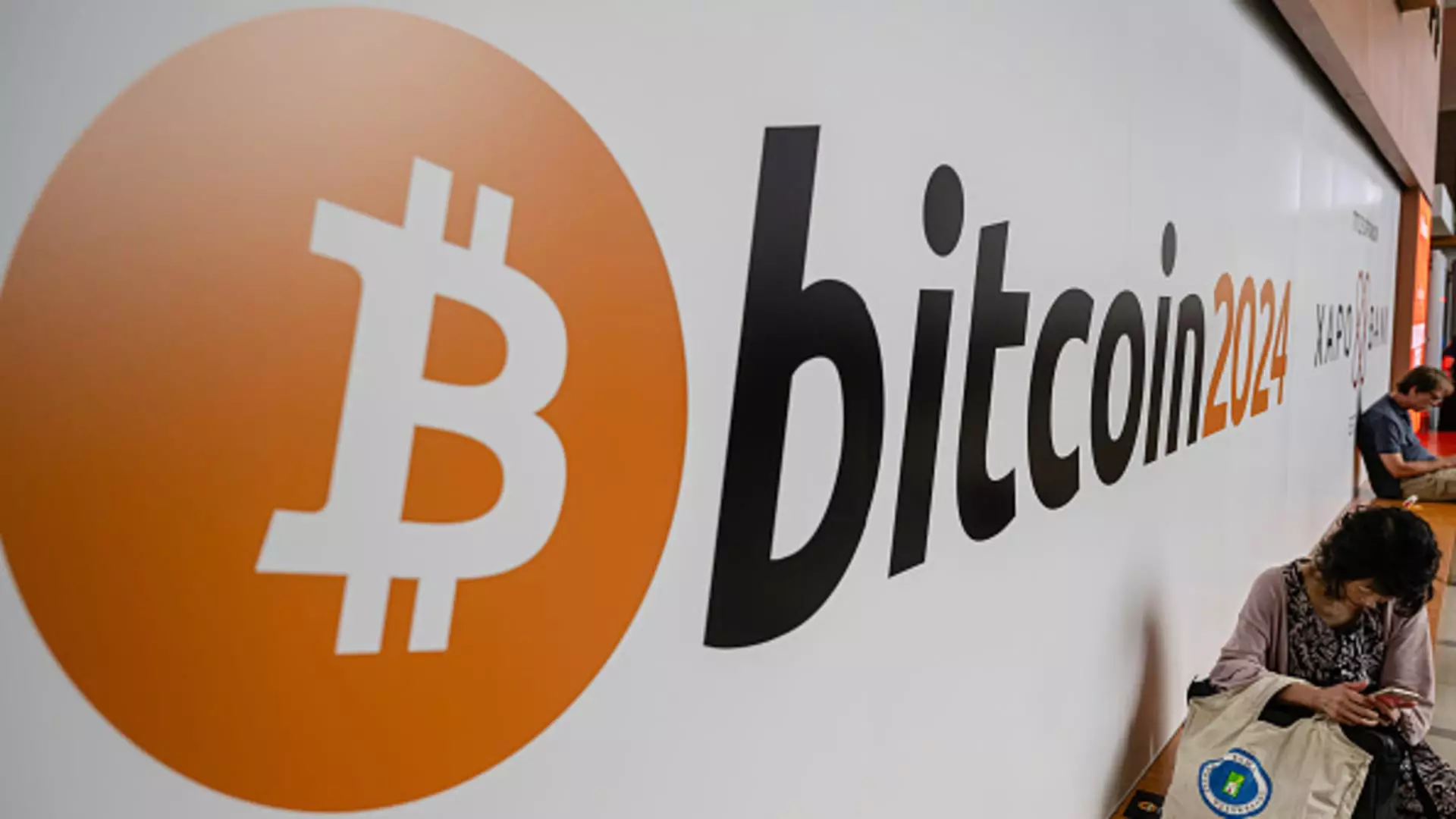In the ever-evolving landscape of cryptocurrency, bitcoin continues to dominate headlines. Recent trends illustrate a compelling juxtaposition of growth and volatility that encapsulates the state of bitcoin mining and investment today. A closer examination of Bitcoin’s recent performance reveals both remarkable advances and daunting challenges for miners.
In the past week, bitcoin has exhibited impressive resilience, with a notable 12% increase in its value. This price rally is significant, as it reflects the cryptocurrency’s capacity to recover from downturns and adapt to market climates. Concurrently, the network’s hash rate reached an unprecedented high, underscoring the increasing number of miners engaged in securing transactions. The hash rate is a crucial indicator of the health and security of the bitcoin network; a higher hash rate implies that more computational power is being contributed to mining efforts, which can deter malicious activities.
Despite this positive momentum, the cryptocurrency market often operates in contradictions. Increasing participation by miners is a positive signal; however, it also indicates a more competitive environment where less experienced miners may struggle to remain profitable. The allure of Bitcoin’s decentralized nature remains strong, yet this optimism is tempered by the stark economic realities facing those who mine.
According to reports by investment bank Jefferies, profitability in bitcoin mining has hit a rough patch. Their analysis revealed an 11.8% drop in the average daily revenue per exahash from the previous month. Such a decrease is alarming for miners who rely on consistent revenue to offset their operational costs. The days of effortless earnings in the mining sector seem to be fading as market dynamics shift and competition intensifies.
This trend is particularly poignant when we consider the impact of the “halving” event, which occurs approximately every four years, funneling the supply of new bitcoin into an increasingly tighter loop. The halving effectively reduces the reward miners receive, accelerating the financial strain faced by those who have invested heavily in mining infrastructure. With the network’s growing complexity, it is clear that economic survival within this field demands not only cutting-edge technology but also strategic foresight.
Over the course of the last year, institutional investment in bitcoin has surged—spurred, in large part, by the SEC’s approval of spot bitcoin exchange-traded funds. This influx of capital suggests a shift towards mainstream acceptance of bitcoin as an asset class. However, while institutional backing bolsters the overall perception of viability in the bitcoin economy, it weighs heavily on mining entities who find themselves competing with larger, more sophisticated operations.
Notably, miners such as Marathon and Riot Platforms have seen significant losses in their stock values, illustrating the dissonance between bitcoin’s rising price and the troubles that its miners face. The data reported by Jefferies indicates that North American publicly traded mining firms captured only 19.9% of the total new bitcoin issuance recently, highlighting their diminishing share of the market amidst rising mining costs and turbulent external factors.
Amid the bleak outlook, there are observable instances of resilience and innovation. Companies like Core Scientific are pivoting to leverage their existing mining infrastructure for alternative infusions of revenue, such as high-performance computing and artificial intelligence applications. This strategic diversification reflects a proactive approach to counteract the mining industry’s profitability decline, as these companies expand their portfolios beyond traditional cryptocurrency mining.
Core Scientific’s substantial partnership with CoreWeave to capitalize on advancements in GPU technology for AI model implementation is a prime example of how mining firms can redefine their operational frameworks. Such transitions may not only offer financial relief but also position these companies as competitive players in the tech landscape, with potential growth in data center services.
As bitcoin propels itself further into economic acceptance, the complexities of its mining ecosystem become increasingly pronounced. The duality of rising bitcoin prices amidst pervasive challenges for miners paints a nuanced portrait of the cryptocurrency’s current status. While many miners are feeling the squeeze, adaptive companies like Core Scientific illustrate that with innovation and strategic pivots, there are still opportunities to profit.
In this volatile environment, the overarching theme remains clear: technology evolution in the bitcoin space is paramount. Both miners and investors must remain vigilant, adapting strategies to embrace innovation while navigating the intricate dynamics of profitability in the cryptocurrency world. The future of bitcoin and its mining sector is not one-dimensional; it is ripe with possibilities that extend beyond simple profit margins, ushering in new avenues for growth and security in the digital economy.

